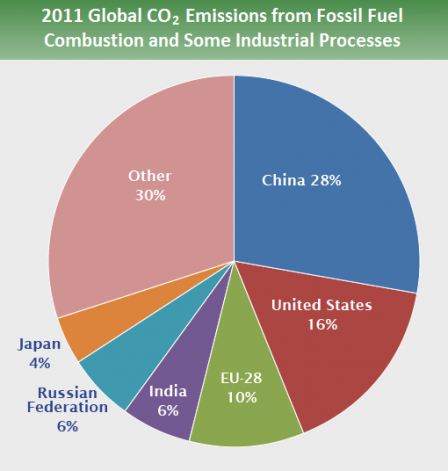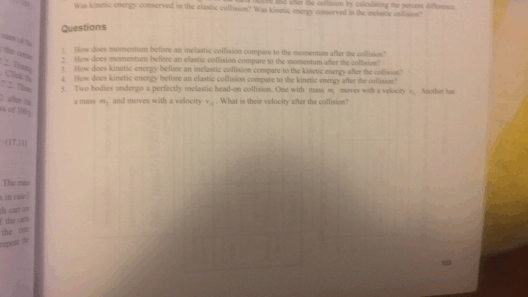Conservation of energy is a fundamental principle in physics that asserts the total energy of an isolated system remains constant over time, regardless of the processes happening within the system. This principle is pivotal when analyzing mechanical systems and energy transfers. Understanding how to calculate and apply the conservation of energy concept has important implications in various fields, including engineering, environmental science, and even daily life scenarios. This guide provides a step-by-step approach to calculating energy conservation, ensuring a comprehensive understanding.
Before diving into calculations, one must grasp the types of energy involved. Kinetic energy (KE), associated with motion, and potential energy (PE), attributed to an object’s position or state, are the two primary forms of energy in mechanical systems. According to the law of conservation of energy, the total mechanical energy (TME) in a closed system remains constant. Mathematically, this can be represented as:
TME = KE + PE
To effectively navigate the process of conservation of energy calculations, follow these structured steps, each designed to elucidate complex concepts and provide clarity.
Step 1: Identify the System
Begin by defining the system under consideration. This could be anything from a simple pendulum, a roller coaster, or even a complex ecological system. Clearly delineating the boundaries of your system will aid in reducing extraneous variables that might obscure energy transitions.
Step 2: Determine Initial Energies
Next, assess the initial conditions of your system. Calculate the initial kinetic energy (KE) and potential energy (PE). The formulas used are:
KE = 1/2 mv²
PE = mgh
Where:
- m is the mass of the object (in kilograms)
- v is the velocity (in meters per second)
- g is the acceleration due to gravity (approximately 9.81 m/s²)
- h is the height above a reference point (in meters)
Calculating the initial energies is critical, as they form the baseline for subsequent comparisons.
Step 3: Assess the Final Energies
Following the initial energy calculations, evaluate the system at a later time — ideally after an energy transformation or during a specific event (e.g., the apex of a swing, the lowest point of a roller coaster). Repeat the kinetic and potential energy calculations using the same formulas. This will provide the final energies for the system.
Step 4: Apply the Conservation of Energy Principle
With initial and final energies computed, implement the conservation of energy principle. According to this principle, the total energy at the start must equal the total energy at the end, allowing you to form the equation:
KE_initial + PE_initial = KE_final + PE_final
Rearranging this equation can yield insights into energy losses or gains that may not initially be evident. If energy seems to be lost, investigate third-party factors like friction, air resistance, or heat energy—often termed as non-conservative forces.
Step 5: Analyze Energy Transfers and Losses
A vital component of conservation assessment involves analyzing energy dissipation mechanisms. Not all energy transitions are conservative; factors such as friction, deformation, and heat creation are key in understanding why total mechanical energy may not hold constant in practice. This analysis often leads to considerations regarding efficiency, resilience, and sustainability of systems in terms of energy use.
Step 6: Real-World Applications and Implications
The practical applications of conservation of energy transcend theoretical physics. In engineering and architecture, designs leverage energy conservation principles to enhance efficiency. In the realm of environmental science, understanding energy dynamics aids in assessing ecosystem sustainability and human impacts on natural energy cycles. Renewable energy solutions hinge on maximizing the conversion of kinetic energy, thermal energy, and chemical energy into usable forms.
Concluding Thoughts
The conservation of energy is more than an abstract concept; it is an essential principle that informs various scientific and practical endeavors. Mastering this calculation empowers individuals to make informed decisions regarding energy use, efficiency, and sustainability. Whether for academic projects, engineering designs, or simply understanding the world’s intricate energy systems, the conservation of energy remains a cornerstone of scientific inquiry. Mastery of its calculations not only contributes to academic prowess but also furthers the broader quest toward ecological consciousness and environmental health.
In summary, by methodically identifying systems, calculating initial and final energies, applying conservation laws, and analyzing energy transfers, one gains a profound insight into energy dynamics. This systemic understanding equips individuals with the knowledge to tackle pressing energy issues in society and foster a more sustainable future.






